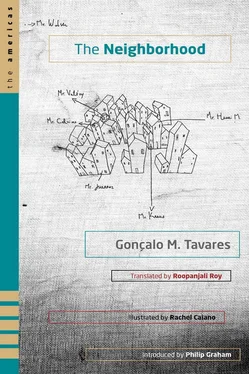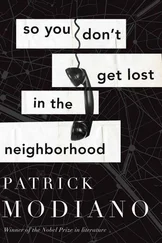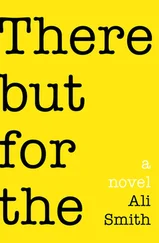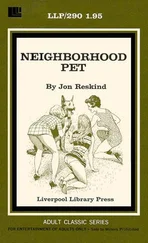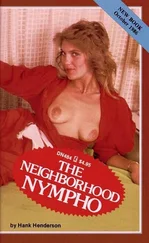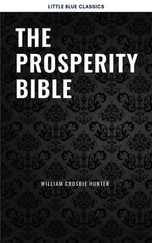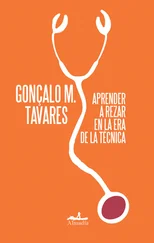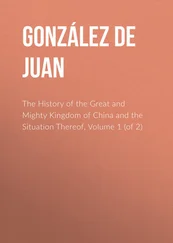Gonçalo M. Tavares
The Neighborhood
This English-language version of The Neighborhood is a welcome introduction to the United States of an essential body of work by Gonçalo M. Tavares. One of Portugal’s greatest living authors, Tavares, though just turned forty, has already carved out a place for himself in that country’s literary history. Still relatively unknown in North America (Dalkey Archive published his novel Jerusalem in 2009), Tavares’s works have won enough awards to fill a town crier’s long list and have been translated and praised in over forty-five countries, including England, Spain, Italy, India, Poland, France, South Korea, Greece, Germany, and Argentina. In Portugal his works are regularly adapted as plays, oratorios, and operas.
I first became aware of Tavares’s work when I attended the Ninth International Short Story Conference, which was held in Lisbon in June 2006. There was quite a buzz about him; he had won the José Saramago Prize the previous year, for his third novel, Jerusalem , and the Nobel Prize — wining Saramago himself wasn’t shy about doling out praise: “ Jerusalem is a great book, and truly deserves a place among the great works of Western literature. Gonçalo M. Tavares has no right to be writing so well at the age of 35. One feels like punching him!”
When I attended Gonçalo Tavares’s reading at the Lisbon conference, I heard for the first time selections from his series of books (known as Os Senhores in Portuguese and The Misters in English) that make up The Neighborhood and was at once entranced by the economy and power of his writing. Before I’d left for Portugal, the editors of the literary journal Hunger Mountain had asked me to pull together a special section on contemporary Portuguese fiction from the writers I encountered at the conference, and I made the easy decision to include five brief stories from Tavares’s Mister Henri and six from Mister Brecht . As fiction editor of the literary/arts journal Ninth Letter , I also chose for publication five selections from Mister Valéry . Those limited excerpts marked Tavares’s first appearance in English in the United States. Now, with Texas Tech University Press’s hefty volume in hand, readers in America will have the opportunity to stretch out in appreciation of Tavares’s unique imaginative universe through the elegant midwifery of Roopanjali Roy’s crisp translations.
It is perhaps best to introduce the uninitiated to Tavares’s oeuvre by discussing the line drawings of his wife and longtime collaborator, the artist Rachel Caiano, in particular her map of The Neighborhood, which resembles the narrow streets and closely set buildings of a traditional Lisbon bairro . Caiano’s map for the early editions of the series listed only four inhabitants, Misters Valéry, Henri, Brecht, and Juarroz, with so many of the surrounding apartments empty. As Tavares’s project has expanded, Misters Calvino, Kraus, and then Walser were added. By now Caiano’s map is happily cluttered with thirty-nine names, and though only ten Misters have yet appeared as books (and a few of them remain to be translated), they signal the series’ steady future growth.
As for Caiano’s illustrations within, her shifting styles echo each book’s particular combination of whimsy and seriousness. Indeed many of the illustrations seem inextricably linked with the individual stories: the delicate sadness of Mister Juarroz’s dresser drawer filled with emptiness, for example; or the spare lines of Mister Valéry’s bowler hat; the disquieting, blocky shadows of the Boss’s office in Mister Kraus ; or the frenzied scribble that charts the friendly dismantling of Mister Walser’s country house.
By now the reader of this introduction has surely noticed that all the Misters evoke the identities of important literary figures. To a certain extent their personalities work within the perimeters of what we think we know of those writers and, more important, of their writing. Mr. Calvino is of course the literary avatar of the Italian fabulist Italo Calvino; Mister Valéry is a nod to the French poet and critic Paul Valéry; Mister Juarroz is some version of the Argentinean poet Roberto Juarroz; the isolated Mister Walser (his house, one might notice, stands apart from the apartment blocks of Caiano’s map) resembles Robert Walser, the troubled Swiss writer prone to long, lonely walks; Mister Kraus’s stories reflect the political and linguistic outrage of the Austrian essayist Karl Kraus; and Mister Henri’s tipsy self is a sliver of the neosurrealist and drug experimenter Henri Michaux. The books of The Neighborhood are not limited to a direct correspondence, however, but instead work out the various possibilities — personal, philosophical — of that core knowledge about the writers who have inspired Tavares. Readers familiar with the work of the Argentine poet Roberto Juarroz will certainly enjoy Tavares’s sly reference to that poet’s “vertical poetry” when Mister Juarroz (who has a fear of climbing stepladders) observes, “If we keep in mind that falling is a simple shift in location, a change of the body’s position along a vertical trajectory, then falls will no longer be so scary.” But this inside knowledge isn’t necessary to enjoy the chapter “Falling.” Similarly one doesn’t need to know that Karl Kraus believed that the misuse of language was equivalent to the misuse of power in order to enjoy the Boss’s twisting of words in Mister Kraus , where the canny leader has this exchange with one of his assistants:
“It is not enough to obtain the opinion of the people. It is necessary to interpret it. Even when they only write a cross, what does that cross mean? Each personal opinion should be interpreted under a magnifying glass, by specialists.”
“Who are…?”
“Who are what I call: Specialists in Me.”
It should then come as no surprise that the Boss soon declares that the best specialist in “Me” is “Me! Me! I am the one who will objectively interpret the subjective opinion of the people.”
While a certain sly humor, sometimes threaded with bitterness, as in the example above, creates an important atmosphere in the books of The Neighborhood , it is always paired with a philosophical sophistication and deep seriousness of intent. The individual pieces can be read quickly, but they also reward slower consideration and rereading. In many cases, the books teach the reader how to read them. The humor urges us on, but slowly we come to understand that the humor resembles a koan-like take on the world, one where personal, logical, and political absurdities are displayed in such a way that they seem to deconstruct themselves and yet, miraculously, stay constructed. Mister Juarroz, who values thinking over the sensory incursions of the world, has a favorite drawer that he fills with emptiness, much to the frustration of his long-suffering wife. Mister Valéry is very short, but because he jumps a lot, he can say, “I am just like any tall person, except for less time.”
The genius of Tavares’s work is that its profundities are clothed in a deceptively simple style and therefore can be appreciated by a wide range of readers. To this point I offer anecdotal evidence. My daughter Hannah, eleven years old when my family and I lived for a year in Lisbon, loved his books. Gonçalo was kind enough to agree to give a reading at her Portuguese school, and when he arrived the sixth-graders offered him a surprise performance, enacting with great brio several of the stories from The Neighborhood books. I was mightily impressed by how even young children could be moved by Tavares’s writing, even though they certainly hadn’t a clue who Juarroz, Valéry, or the others might be.
Читать дальше
